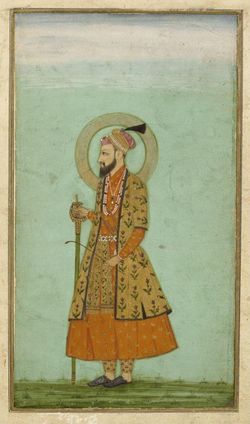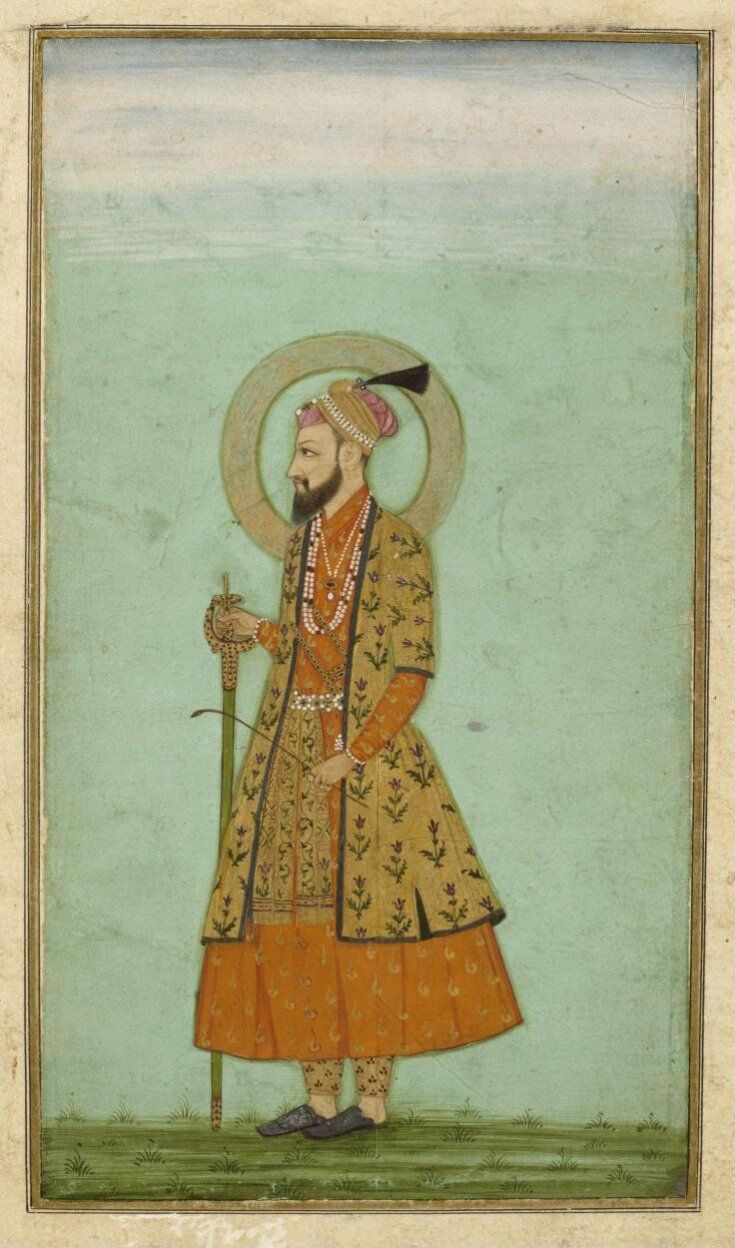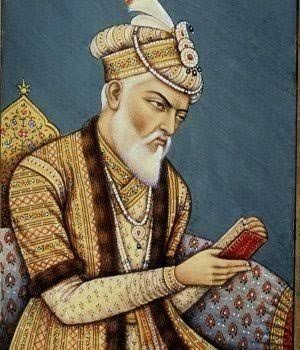Quite unlike his famous father, he took ancient Islamic teachings about grave monuments very seriously. He paid for his grave out of money he earned stitching caps by hand and selling them at the bazaar. His grave is an empty frame of marble only three fingers high surrounding bare earth, which is often found to be planted with flowers and weeds. The total cost was 14 Rupees and change, not accounting for inflation. The site was not even fenced in until the early 20th Century by Viceroy Lord Curzon, who was scandalized by the tomb's simplicity.
Quite unlike his famous father, he took ancient Islamic teachings about grave monuments very seriously. He paid for his grave out of money he earned stitching caps by hand and selling them at the bazaar. His grave is an empty frame of marble only three fingers high surrounding bare earth, which is often found to be planted with flowers and weeds. The total cost was 14 Rupees and change, not accounting for inflation. The site was not even fenced in until the early 20th Century by Viceroy Lord Curzon, who was scandalized by the tomb's simplicity.
Family Members
Advertisement
Explore more
Sponsored by Ancestry
Advertisement















